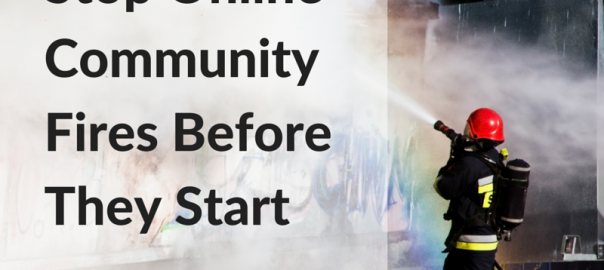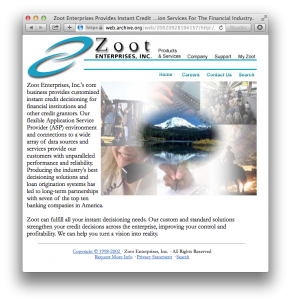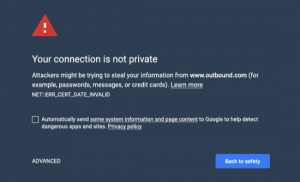
Strategy is extremely important to a community manager. Communities move and change slowly, and the CM should always have their eye on the next six months, the next year, the next five years. I’ve seen a number of communities suffer due to a CM who is stuck in firefighter mode, always facing whatever is immediately ahead of them without taking the time to wonder what are the underlying problems within the community. CMs in firefighting mode stay in firefighting mode, unless they’re able to shift their perspective and take the long view.
Without KPIs, You’re Working Blind
We’ve talked before about finding the appropriate KPIs for your community, but the why of the matter isn’t always clear. Many community managers (especially old-school ones like myself) are reticent about implementing KPIs, believing that it’s better to manage their communities largely on instinct. It’s a tempting prospect, but properly implemented and measured KPIs are a great addition and can add a lot to the health of your community.
There’s a certain whiff of over-management about KPI’s, the idea of justifying yourself to a numbers person who only cares about statistics. Community management is all about people, and stats can feel antithetical to that, but if you aren’t properly measuring the trends of your community you’re likely to miss important information. What’s more, if you ever do have to justify yourself to a manager, you won’t have the data to back your strategies up.
You could have the best strategy in the world however, and without measurement you’d never know it. Once you’ve identified pain points in your community and put a strategy into place, you need to be able to look at the stats in a few months and figure out what worked. What positive, documentable effect did your changes have? What does your data suggest in terms of your next move? Often, a change in community strategy will cause a short-term dip in some important stats. Long-term thinkers know how to plan and account for these, and check the trends over a longer period to compensate.
That’s not to say that keeping track of your KPIs in the short term isn’t useful, or that you shouldn’t be ready to make course corrections where necessary. If you want to escape the fire-fighting mentality, you need to be able to see how your long-term strategies are playing out. If you were a poker player you might decide to change your strategy when faced with a tricky opponent, or may decide simply to fold when your strategy isn’t working out. In either case, you’d be unable to make that decision without looking at your cards.
If You’re Not Sure About KPIs, We Can Help
KPIs are a tricky issue, and picking the right stats to measure isn’t trivial. If you’re looking for more specific information about the what, why and hows of community KPIs, download our free Community Playbook here. It has all the information you need to keep your community thriving. Not just for today, not just in six months, but for years to come. If you’re not satisfied, you can have your money back. Because it’s free. So refunds aren’t really a factor. They let me put jokes in these sometimes.
(168)







